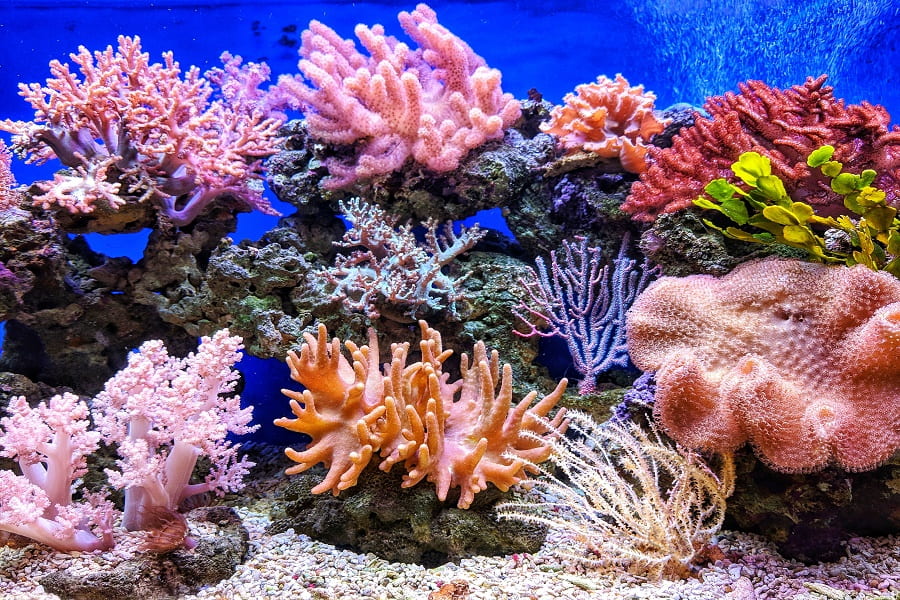Looking at an off-shore oil rig, just about some of the last words these mechanical colossals bring to mind is “environmental resource”. But recent research performed by oceanographer Amber Jackson and marine scientist Emily Callahan has shown that oil rigs might be just that.
This amazing, short video shows what the rigs look like just a few feet under the waves.
Our modern world has seen startling decline in the health of our coral reefs and marine populations. Coral bleaching, largely believed to be caused by climate change, is affecting reefs all over the world.
In light of this, finding such vital marine ecosystems taking root on oil rigs, while unconventional, is like finding underwater treasure.
Rig to Reef programs are nothing new—some have been around since the mid-80’s—but the idea of leaving rig structures in the water after decommissioning continues to meet resistance from some environmental groups, largely fueled by a fear of oil spills and dislike of fossil fuel companies.
But this sentiment could be on its way to changing due to research published in 2014 by Dr. Milton Love, a professor of marine biology from the University of California Santa Barbara. His research confirmed that far from disrupting marine ecology, the presence of oil rig structures actually creates habitat that encourages marine populations to thrive.
The same year, Callahan and Jackson founded Blue Latitudes to increase awareness of the value off-shore oil rigs reefs have as artificial reefs.
I think it’s time for us to step outside the box and think creatively about the resources we have. To lose these ecosystems just because they are on an oil platform structure, I feel, is short sighted.”
– Amber Jackson, oceanographer and co-founder of Blue Latitudes
In their promotion of Rigs-to-Reefs, Jackson and Callahan’s out-of-the-box thinking is helping to transform what many would consider and environmental blight into an environmental gold-mine. While Climate Change is a topic full of contradicting view-points and unpredictable changes, one thing is for certain: finding solutions to our global problems is going to require more than just status-quo thinking. Perhaps there are more unexpected solutions to our environmental problems is we can only learn where to look.
